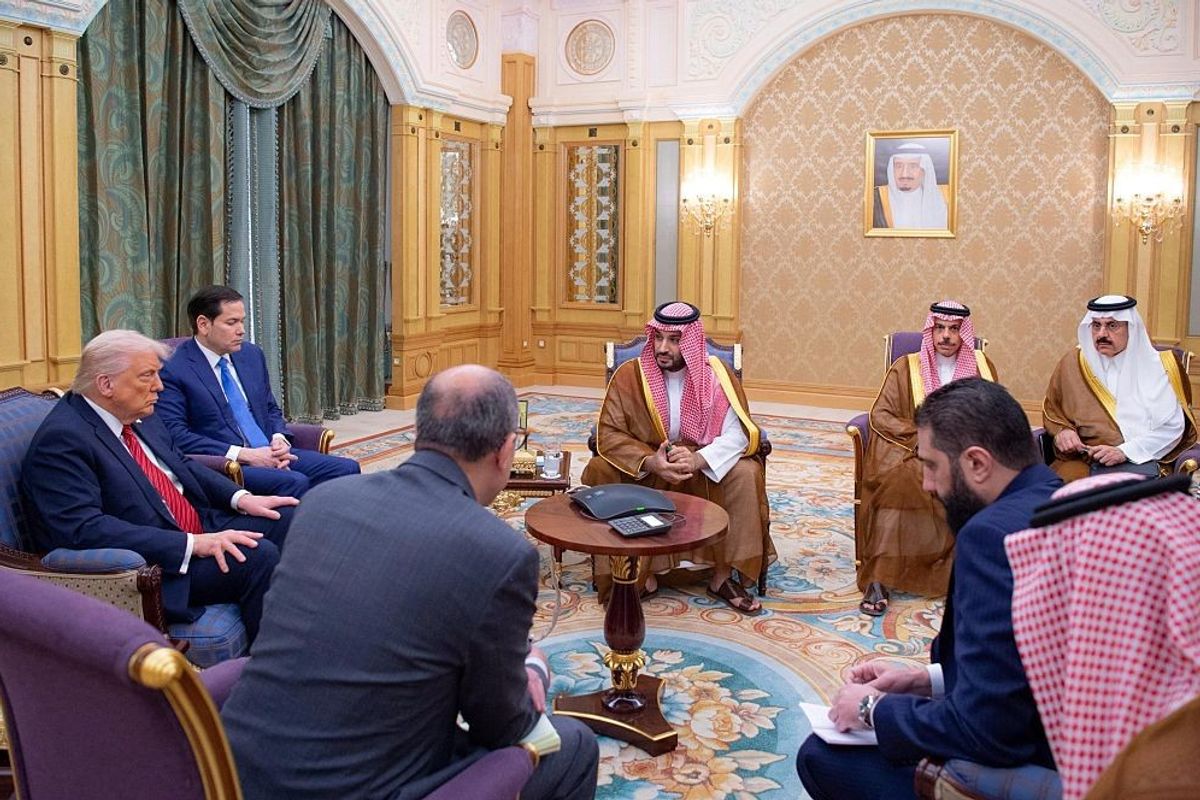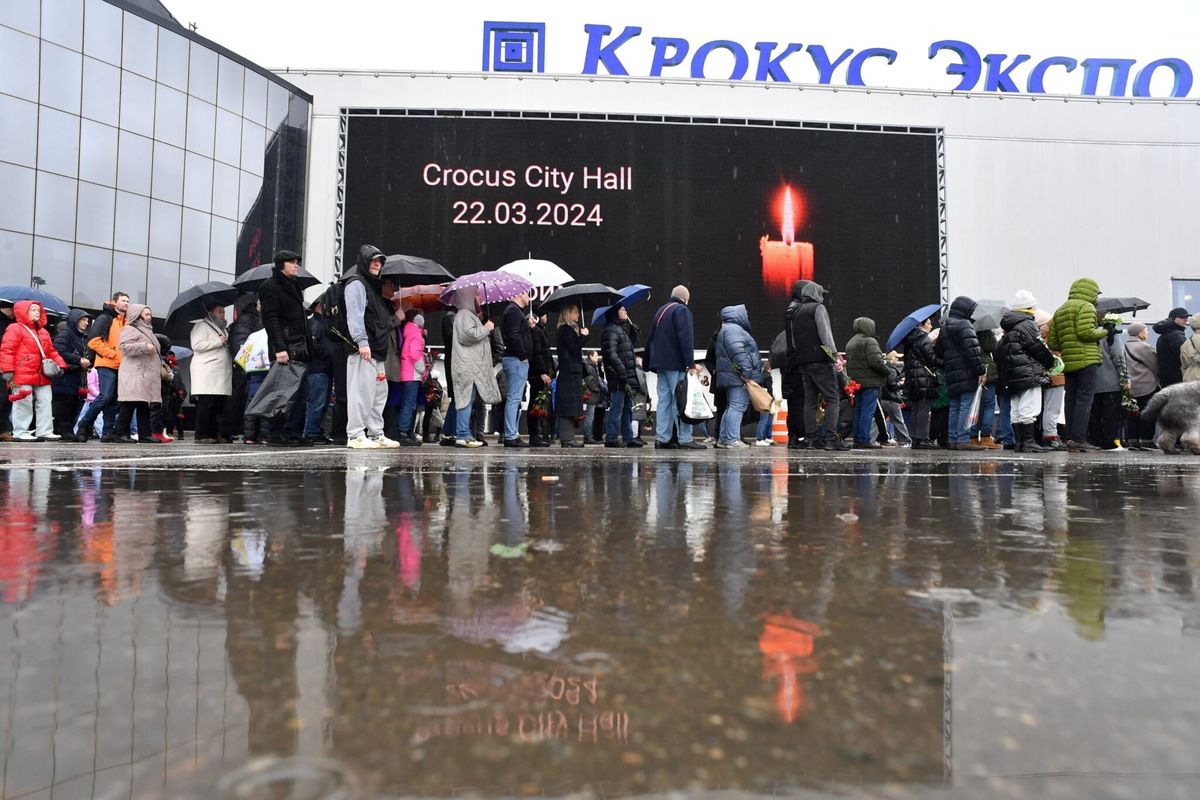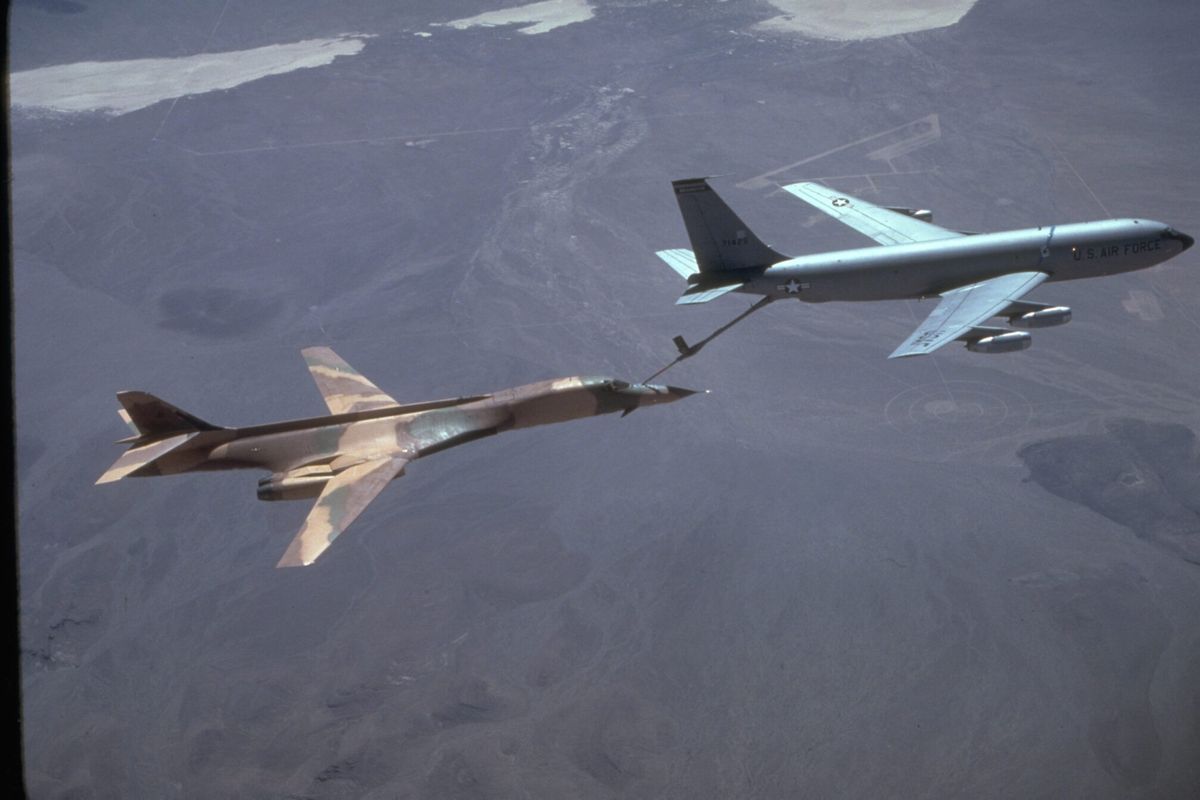Amid the dizzying array of jihadist groups, rebel militias, umbrella opposition alliances, and state-level actors either directly or indirectly involved in Syria’s conflict, it can be difficult to tell who is fighting whom and why. Headlines have captured the fierce battle for Aleppo’s rebel-held east, pitting Syrian government forces and their Russian, Iranian, Lebanese, and Iraqi allies against a coalition of opposition fighters within the city.
However, in large part, this attention has focused on high-level diplomatic negotiations between Russia and the U.S. over the prospect of a ceasefire in Aleppo proper. Often lost in the mix are the goals, status, and capabilities of the myriad opposition groups operating in northern Syria. At the same time, direct Turkish intervention along its border with Syria, and support for a coalition of Arab rebels under the umbrella of “Operation Euphrates Shield,” has added a new layer of complexity to U.S. plans for liberating the ISIS capital city of Raqqa.
The U.S. Question
Underlying all of this is the unknown quantity of a new administration in Washington, which may choose to engage more forcefully in the country, maintain the status quo, or something else entirely. When President-elect Donald Trump takes office in January 2017, what challenges will he face in a conflict that has confounded U.S. policy for five years?
Assuming that Trump will continue to focus heavily on rooting out ISIS, the disposition of U.S. allies in Syria and their ability to execute the campaign to retake Raqqa will most likely take high priority for U.S. policy in the country. On Sunday, President Obama’s counter-ISIS envoy, Brett McGurk, announced that the “initial phase” of the operation to liberate Raqqa had begun. However, building a realistic force to capture the city will be extremely difficult in the near term.
Image courtesy of the Institute for the Study of War.
The Kurdish Question
The primary problem here lies with the composition of local U.S. allies. So far, Washington has relied heavily on an umbrella organization of Syrian opposition groups called the Syrian Democratic Forces (SDF), which it provides with arms and training. This coalition is nominally multi-ethnic, incorporating Kurdish, Arab, Assyrian, Armenian, Turkmen, and Circassian militias. However, the Syrian Kurdish YPG – military wing of the PYD – is by far the strongest military force within the coalition. Although much is made of Arab participation in ISIS-clearing operations, reports on the ground indicate that Kurdish forces form the vanguard of most combat operations. Local Arab factions within the SDF – especially fighters from the Shammar and Jabour tribes – will likely help lead the offensive on Raqqa, but any serious operation is impossible without enthusiastic YPG combat support.
This reliance on Kurdish troops presents two problems for any SDF-led campaign against ISIS in Raqqa. First, is a question of motivation. As Research Fellow at New America and Cipher Brief expert Barak Barfi writes, “American arms and training have helped the PYD wrestle away 20 percent of ISIS’ territory in Syria,” however, because Raqqa is “an almost exclusively Arab city with no Kurds, it holds limited appeal to the PYD.” Capturing Raqqa is a long and bloody task, which would bring the PYD no closer to its primary goal of uniting separated Kurdish-controlled cantons in northwestern and northeastern Syria. Accordingly, there is little incentive for Kurdish forces to commit to the Raqqa campaign which, according to Barfi, may explain why the PYD has not yet established a Raqqa Military Council (a common practice before previous operations).
The Turkish Question
Second, direct Turkish military intervention in Syria this August, dubbed Operation “Euphrates Shield,” has deeply complicated both Washington’s relationship with the PYD and the wider fight against ISIS. The PYD is a sister organization to the militant Kurdistan Worker’s Party (PKK) in Turkey, which Ankara has been fighting since peace talks with the group collapsed in 2015. Although the Turkish incursion into northern Syria was originally billed as an effort to support a coalition of allied Syrian rebel groups to liberate the city of Jarabulus from ISIS, the Turks have quickly turned their guns against the PYD and seem intent on pushing the group out of Manbij and back over the Euphrates, as well as cutting off their ability to link up with the Kurdish canton in Afrin through territory surrounding al Bab (north of Aleppo).
Washington has so far tiptoed around this problem, wary of tanking relations with Ankara, which are already strained over the issue of extraditing suspected Turkish coup plotter Fethullah Gulen from his home in Pennsylvania. During a trip to Turkey in August, Vice President Joe Biden said that Kurdish forces must pull back across the Euphrates and out of the town of Manbij in order to continue receiving U.S. help. However, as of yet, the PYD looks unlikely to withdraw and the coalition will find it difficult to march on Raqqa if Washington follows through with this threat. To make matters worse, Ankara has insisted that it play a part in the campaign against Raqqa, possibly as a cover to occupy the al Bab region north of Aleppo. Unsurprisingly, this is unacceptable to the PYD, and the SDF has announced that it will refuse to participate in any operations involving Turkish forces.
The Russian Question
Meanwhile, U.S.-Russian negotiations aimed at reviving the multilateral ceasefire in Aleppo, which collapsed spectacularly this September, have largely gone nowhere – despite a unilateral “humanitarian pause” imposed by Russia. At this point, the Obama administration appears to have written off the use of military force against Syrian government targets. Without that physical leverage, negotiations will likely continue to fail, while Syrian government and opposition forces attempt to better their tactical position on the ground before the next American administration arrives.
Much will depend on whether the current rebel offensive can break the siege or force a compromise, regime forces finally squeeze out the rebels, or the standoff continues. In any event, President-elect Trump faces an unpalatable choice in the city between Assad, Russia, Hezbollah, and Iraqi Shi’a militias on one side and an opposition coalition with strong Jihadist influences on the other.
The complexities of the country’s civil war extend far beyond the battles in Syria’s north, however it is the resolution of these three questions that will define the range of options available to the new president. If the next administration wishes to march on Raqqa, it will need to walk a fine middle ground between Turkish and Kurdish interests. Similarly, if Trump wants to blunt the killing in Aleppo, he will need to reset the table for diplomacy with Russia and Assad by restoring the credible threat of U.S. military reaction to the violation of diplomatic or humanitarian “red lines.” He will also need to pressure regional supporters of the opposition in Aleppo to bring the rebels back to the table. Of course, it is not at all clear that Trump is inclined to do either of these things. Beyond hinting at a secret plan to deal with ISIS, Trump has said little about how he would root the group out of Raqqa, and he has said even less about his policy towards the rest of the country. For Syria’s many actors, a Trump presidency is a black box. What it holds is anyone's guess.
Fritz Lodge is an international producer at The Cipher Brief. Follow him on Twitter @FritzLodge.












